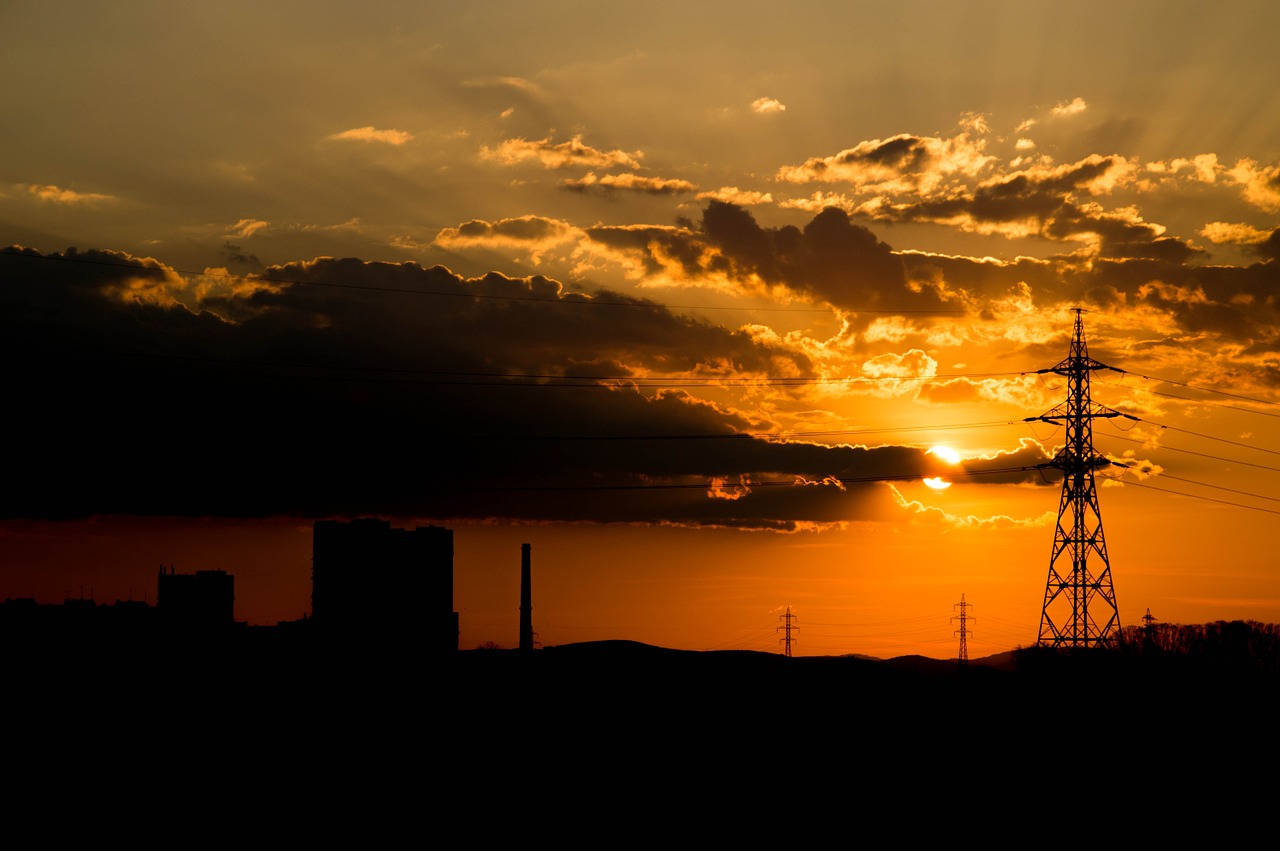By Frank Andorka, Senior Correspondent

Is the image of the sun setting on a utility pole too heavy handed? I worry it’s a little heavy handed.
In the future, there will be no wires to hold down the transmission of electricity – at least that’s what the Solar Energy Industries Association (SEIA) believes is part of the future of grid modernization, according to a white paper it released last week.
The paper , DER and the Non-Wires Solutions Opportunity, examined how utilities are investing in distributed electricity production instead of the traditional centralized model that has dominated grid development since the 19th century.
“Today, customers are increasingly seeking more control of their own energy, and with the rapidly falling cost of solar power, utilities are realizing the traditional business model needs to change,” said Sean Gallagher, SEIA’s vice president of state affairs. “By strategically modernizing the electric grid, distributed energy resources like solar can flourish and provide reliable, low-cost power and grid services to consumers and utilities alike.”
The white paper outlines case studies involving California and New York as being cutting-edge examples of what policymakers can do to encourage utilities to move toward distributed generation. It also discusses how to improve the grid planning process to include DG deployment.
“This report brings an important aspect of grid modernization to the forefront – how distributed energy resources can provide a technical solution for grid management issues and save ratepayers money,” said Stephen Kalland, executive director of the NC Clean Energy Technology Center. “Most importantly, the report discusses how rate design can support these solutions, how utility business models must be modernized to fairly evaluate non-wires solutions, and how planning processes should be evolved to consider these solutions.”
To read the entire, year-long series of white papers and see what conclusions SEIA reached, click here.

